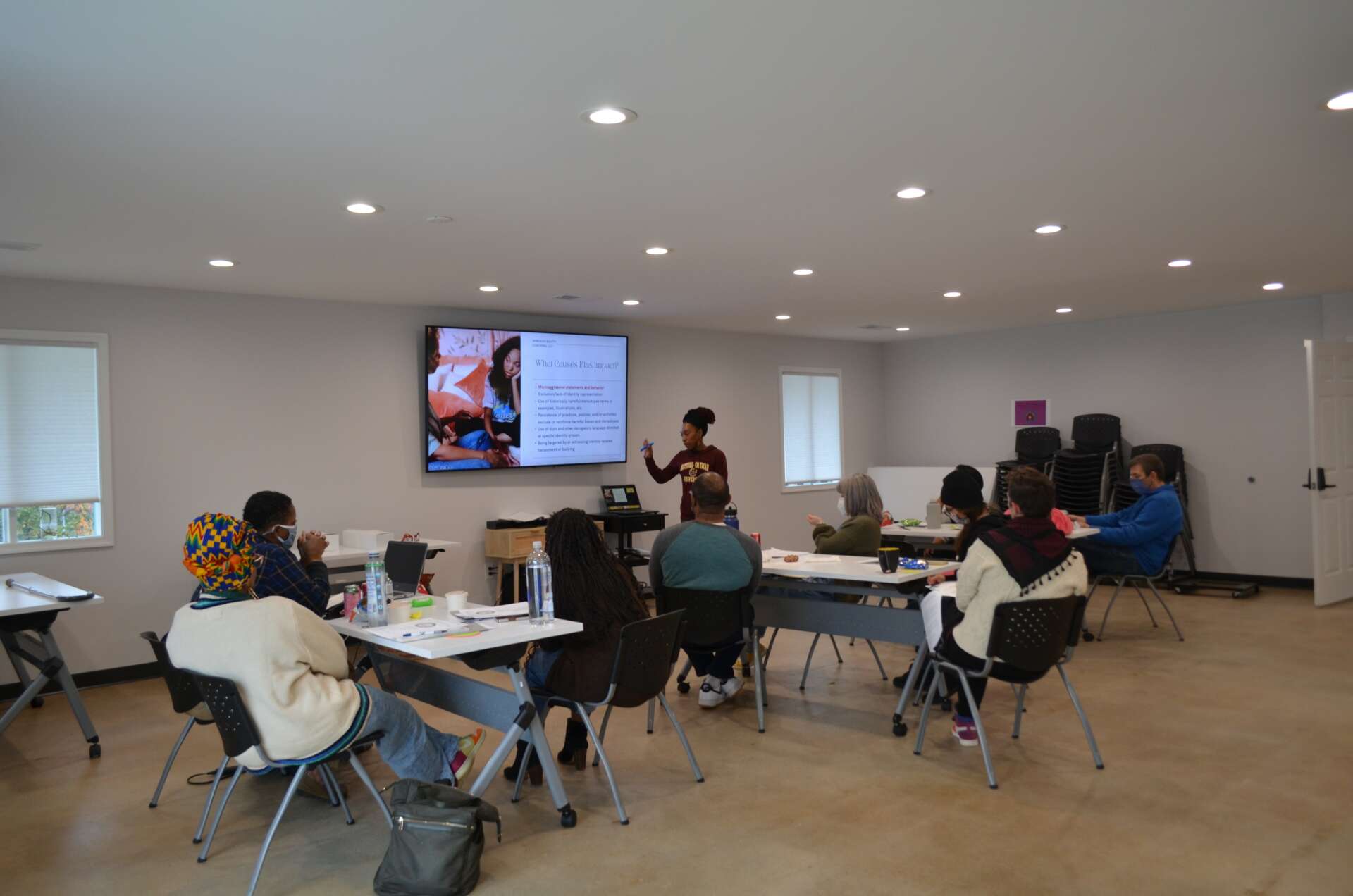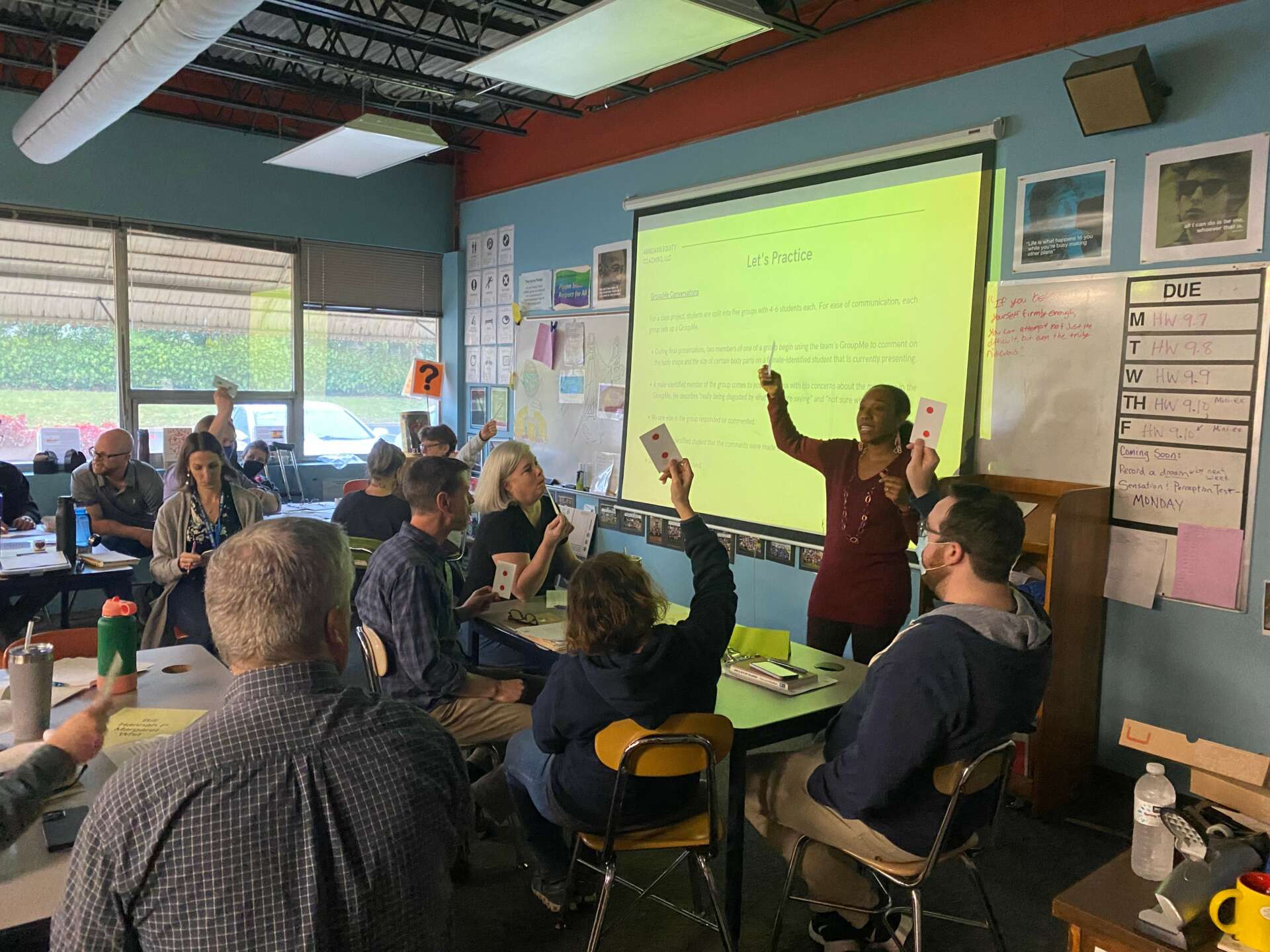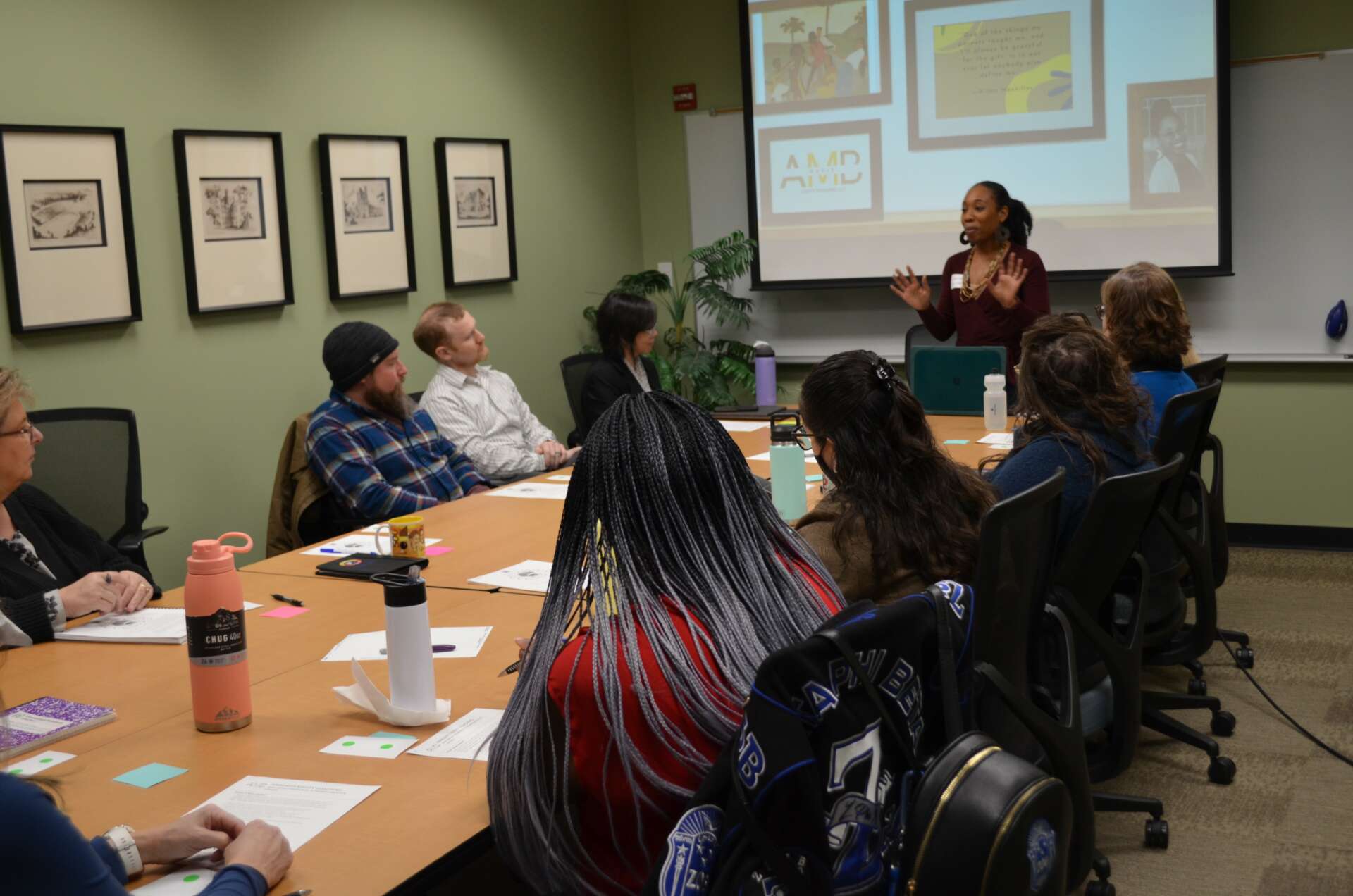We recently connected with Adrienne Davis and have shared our conversation below.
Adrienne, thanks for taking the time to share your stories with us today Coming up with the idea is so exciting, but then comes the hard part – executing. Too often the media ignores the execution part and goes from idea to success, skipping over the nitty, gritty details of executing in the early days. We think that’s a disservice both to the entrepreneurs who built something amazing as well as the public who isn’t getting a realistic picture of what it takes to succeed. So, we’d really appreciate if you could open up about your execution story – how did you go from idea to execution?
In 2013, a local independent school hired me to lead their diversity efforts. Like so many others in inaugural DEI (diversity, equity and inclusion) roles, it often felt like everything related to “diversity” became my responsibility. One focus in particular–responding to identity-related incidents and interactions–pushed me to expand my knowledge base and skill capacity. The need was nonstop at the school (and the community, in general).
I’ll always remember supporting two students as they navigated an identity-related breakdown in trust. In the midst of a highly polarizing election season, a white identifying student confessed to their Black and Muslim identifying friend that, if they could they’d vote, they’d support the candidate that had openly said disparaging and harmful things about people in both communities. While one friend experienced the exchange as ” just stating a political opinion”, the other felt betrayed and unseen.
We worked together to find a way forward, but I knew that I wanted to offer a tangible process that would help me (and others) address identity-related impact. Shortly after this exchange, I spent a week learning about restorative practices and repairing harm between individuals and groups. Something clicked.
On a daily basis, I was helping people navigate harm caused by micro-aggressions, identity-based targeting or bullying, and even unintentionally harmful organizational practices (i.e. traditions that excluded or drew on harmful stereotypes). With a restorative and transformative foundation, I could prioritize people and explore accountability and action when harm was caused.
In 2018 I got a position with a major university leading the development of their bias impact response process. We were creating a new system with a restorative focus and people noticed. In 2019 I started receiving requests for incident coaching, training and team development support from companies, nonprofits, and schools.
By 2021, I’d had a few clients I’d provide training or some limited team development support for.
Harmful incidents involving race, gender, ability, etc, can have personal and organizational impacts, and more people and groups were beginning to invest in building the capacity to respond to them in effective ways.
I really loved coaching and training others and I found myself wondering if I could ever walk away from a traditional 9-5 and build a consulting business that prioritizes people and meaningful bias incident response.
Between 2021 and 2022, I gave myself permission to start dreaming and planning. Ideas flowed freely but I knew nothing about running a consulting agency.
I knew immediately that I’d I need help if I wanted to build a viable business!
Would organizations see the value in adopting a transformative bias impact response approach? How would I explain the importance of planning and preparing for the “what if”–especially when the “what if” involves very real harm rooted in identity-related interactions and incidents?
How would I market something that invites people to recognize that diversity and inclusion efforts come with the potential for real harm–despite our best intentions?
What kind of infrastructure do I need? Do I need expensive equipment or platforms for training or videos? Who is my ideal client?
I needed guidance so I invested in a cohort based business development program.
The step by step coaching I received, gave me the confidence to launch. Investing in myself turned out to be easier than I expected.


Awesome – so before we get into the rest of our questions, can you briefly introduce yourself to our readers.
My name is Adrienne and I use she/her pronouns. I’ve worked in equity and inclusion for my entire career and, for the past decade, I’ve specialized in identity-related bias impact response and support. I help people and organizations address the impacts of identity-related harm.
Bias incidents involving race, gender, religion, nationality, etc can create tension and undermine a sense of belonging and community. While we can’t prevent them, we can respond in more meaningful ways. The transformative bias impact response process gives us space to identify impacts and explore collective solutions while centering community care.
As a coach and consultant, I love partnering with people to develop impact response processes that honor their commitment to equity and inclusion. Not all organizations have the capacity to build a team, but that doesn’t mean individuals can’t benefit from deepening their own practice.
I meet you (or your team) where you are and, together, we co-create spaces where we can practice and learn.
How’d you build such a strong reputation within your market?
Authenticity and consistency.
Identity related bias impact response, support, coaching and training is a nuanced category in the ever widening diversity, equity and inclusivity field.
There is a high demand for people that are skilled in navigating complex, and often emotionally charged, situations that hit at the core of individual and group identity! There’s a HUGE need but very little training or coaching available for people that want to go deeper in this practice! I’m filling that gap while honoring the humanity of every person I work with.
I’ve been intentional about establishing an approach that invites people to learn in a protected environment. Whether clients are looking for recognizing and responding microaggressions training or team development consultation, they can expect an invitation to co-create and leverage our collective wisdom.


What’s worked well for you in terms of a source for new clients?
Word of mouth referrals.
I’m very clear about the parameters of what I offer. Bias impact response isn’t “sexy” or easy. It’s challenging work that calls for truth telling, acceptance and accountability on personal and organizational levels.
I work with clients that have a deep desire to strengthen their own practices and co-create sustainable, equitable and inclusive communities, schools, businesses, and institutions. The people and organizations that find their way to my services and training are ready to advance their equity and inclusion practice in tangible and authentic ways.
This kind of clarity and laser focus has created a network of people and organizations that trust the processes we are exploring and want to share them with others!
Contact Info:
- Website: www.ambdavis.com
- Instagram: AMBDavis_Equity_Coaching
- Facebook: AMBDavis Equity Coaching
- Linkedin: AMBDavis Equity Coaching, LLC
Image Credits
Lyn Francisco Elijah M. Davis Margaret Barnett


